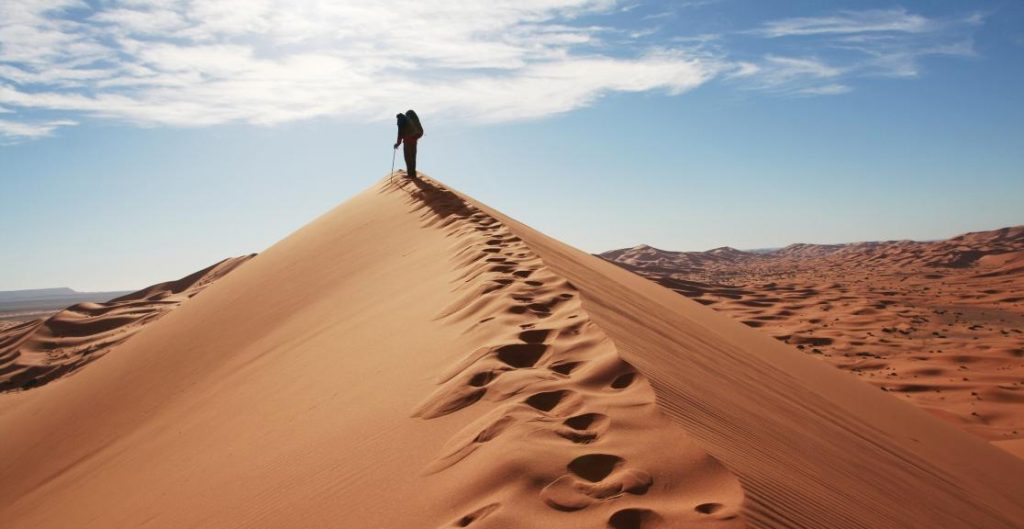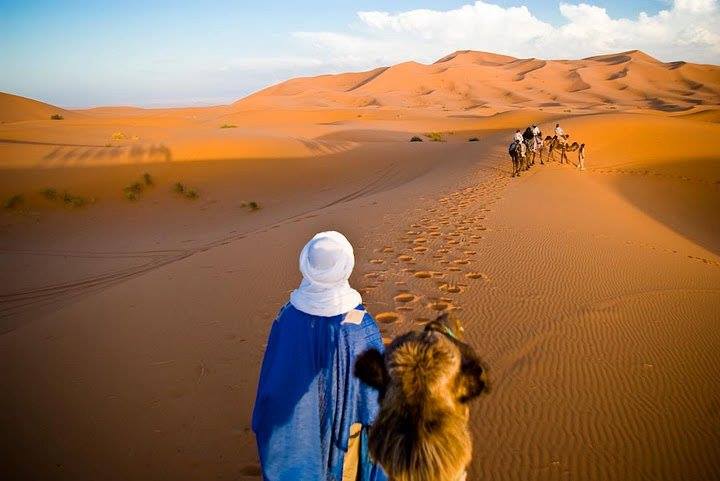
PHOTO: charitychallenge.com
In a quest to understand global climate change and how the human race plays a part in it, researchers and archaeologists are looking to the past for answers.
Ten-thousand years ago, the famous Sahara Desert looked very different. According to the archaeological record, it was a green, lush landscape dotted with lakes and forests and teeming with life. Then, something changed in the climate, and the Sahara transformed into the vast wasteland we know today. Scientists seeking to understand global climate change and ecological tipping points have long been studying this change in the Sahara, trying to work out what triggered the desertification process on such a large scale.
New research conducted by archaeologist Dr. David Wright with Seoul National University believes that ancient humans and agricultural practices may be the answer. If he’s right, then this has far-reaching implications for how we relate to our planet in the future.
“In East Asia,” Wright began, “There are long established theories of how Neolithic populations changed the landscape so profoundly that monsoons stopped penetrating so far inland.”
He also noted the dramatic ecological changes that took place all over Europe, North America, and New Zealand: all human-driven changes. Wright believes that something similar happened in the Sahara area 10,000 years ago. His hypothesis states that pastoralism and agriculturism is what turned the once-lush Saharan area into a vast desert.
The archaeological record supports his hypothesis. Wright cross-referenced the appearance of pastoral (herding) communities throughout the Saharan area with the spread of scrub vegetation and desertification. Around 8,000 years ago, when pastoralism took hold along the Nile River, the record confirms: the desert began to spread like a disease across the region.

PHOTO: sahara-desert-crew.com
It went like this: as the growing herds of livestock were driven across the Saharan area, they overgrazed on all the vegetation. This increased what experts call “albedo”, or the amount of sunlight that reflects off of the earth’s surface. The dramatic shift in albedo changed the Earth’s atmosphere, reducing monsoon rainfall and causing dramatic desertification. This desertification resulted in further loss of vegetation, which only looped back into weaker monsoons – and on, and on – until the Sahara grew and spread to the size we see today.
Of course, this theory is going to take a lot more research before it’s confirmed. For now, it’s just a theory, but Wright has ideas on how to support it.
“There were lakes everywhere in the Sahara at this time,” Wright said, “and they will have the records of the changing vegetation. We need to drill down into these former lake beds to get the vegetation records, look at the archaeology, and see what people were doing there. It is very difficult to model the effect of vegetation on climate systems. It is our job as archaeologists and ecologists to go out and get the data, to help to make more sophisticated models.”
This research is absolutely essential in this day and age. It will have far-reaching implications on how we respond to our planet in the future. If human intervention can result in something like the Sahara Desert, then we need to take a closer look at our methods and ensure that we aren’t following the model that our ancestors did, and that we take care of our arid environments to avoid another desert catastrophe.
“The implications for how we change ecological systems have a direct impact on whether humans will be able to survive indefinitely in arid environments.” – Dr. David Wright.
Over 15% of the world’s population lives in desert regions. If we want to shrink that number, or at the very least, keep it from growing larger, then it’s imperative that we understand the catalysts that create desertification.
Dr. David Wright’s study was published in Frontiers in Earth Science.

